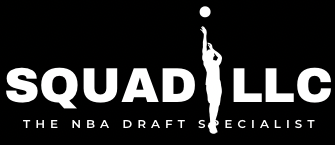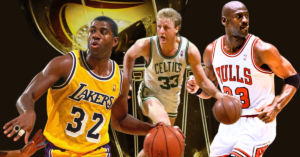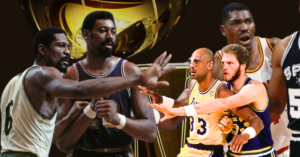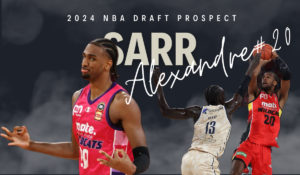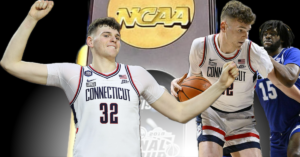How long is NBA Halftime? Answered
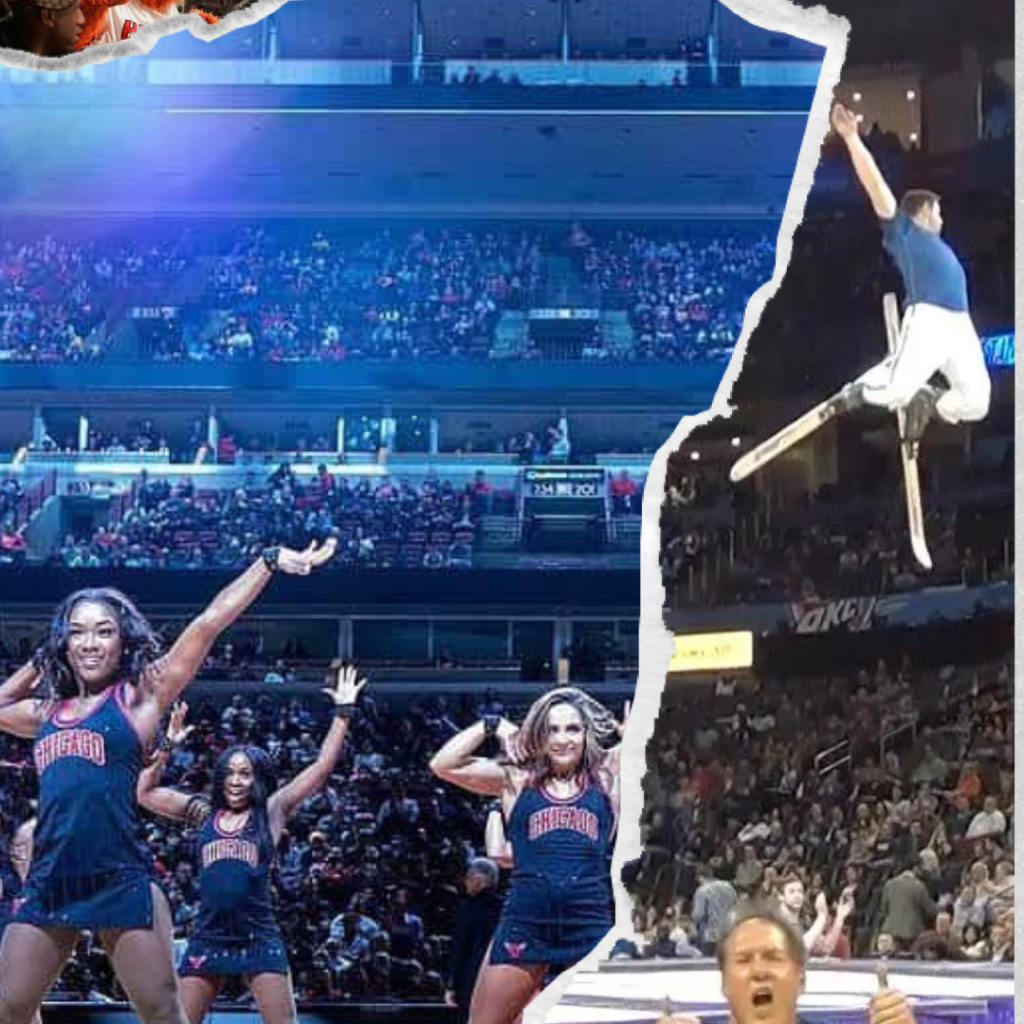
Although it isn’t the main focus of an NBA basketball game, many sports fans may wonder how long is NBA halftime for a typical game.
While many view NBA halftime as the intermission and breaks portion of entertainment, using this time to get food or stretch their legs, coaches view this time as an opportunity to compile new game plan strategies to better prepare their team for the 2nd half.
It also serves as a time for players to get an extended period of rest and recovery before the 2nd half begins.
How long is an NBA Halftime?
It is a common thought among many sports fans that NBA halftimes vary in length based on the importance of the game or the time of the year the game is being played.
However, it is important to note that the NBA bylaws stipulate that all halftimes of games are to last for a total of 15 minutes. The bylaws do not provide any exceptions for halftime length based on the magnitude or importance of the game.
Halftime in the NBA All-Star Game
The NBA All-Star game has a halftime length of 15 minutes, as governed by the NBA bylaws which do not specify any exceptions for exhibition games. However, there have been at least a couple of notable variations from the standard halftime length during the NBA All-Star game, specifically during the 1997 and 2022 all-star games.
The halftimes of both of these games featured extended halftime ceremonies honoring all-time great NBA players. In 1997, the 50 Greatest Players in NBA History were honored in commemoration of the 50th NBA season.
In 2022, the NBA 75th NBA Anniversary Team featuring 75 different NBA legends was honored in celebration of the league’s 75th season.
Halftime in the NBA Playoffs
As with the length of NBA regular-season games, NBA playoff games are also 15 minutes long. Most players will spend about 50% of the time in the locker room, and then take the court and warm-up for the last 7 or 8 remaining minutes.
Veteran players with playoff experience or those with minor injuries may choose to spend more time in the locker room, conserving strength and energy to be able to maintain an optimal level of play.
Halftime in the NBA Finals
The halftimes of many major championships or championship series sporting events in the United States are often much longer than their regular season counterparts. The NFL’s Super Bowl halftime has established itself as an event in its own right, drawing many non-sports fans to its impressive selection of performances by different musical celebrities.
College football’s national championship game has also begun to feature an extended musical performance, trying to mimic the success of the NFL’s Super Bowl halftime show.
The NBA Finals, on the other hand, does not vary its halftime length, maintaining its 15-minute break from the action. The halftime of the NBA Finals may seem longer than other halftimes to the tv audience because the commercial breaks are typically longer than other NBA games.
TV networks make money selling commercial spots to major companies during the finals, and in order to make money after purchasing the rights to the NBA Finals, networks will try to squeeze as many commercials into an NBA Finals’ halftime as possible.
For example, during game 1 of this year’s championship series between the Golden State Warriors and Boston Celtics, the halftime show received a total of 3 minutes and 15 seconds of airtime, roughly 20% of the total halftime length. The extended commercial breaks often weary viewers, who would prefer to see halftime analysis and get back to the game as soon as possible, and then subconsciously feel that the halftime break is longer than it really is.
Related Articles:
NBA Halftime Show
In the early years of the NBA, halftime was little more than a brief time for players to rest and coaches to readjust game plan strategies. Little thought was given to presenting forms of entertainment such as music or contests during the time of intermission between halves.
The modern concept of a halftime show in the NBA can be traced back to the American Basketball Association (ABA), a rival professional basketball league to the NBA in operation from 1967 to 1976.
The ABA presented itself as a zany, entertaining alternative to the conservative NBA, playing with multi-colored basketballs, incorporating a 3-point line, and featuring players with signature hairstyles and entertaining personalities.
The ABA struggled throughout its decade-long existence, routinely toeing the line between profitability and bankruptcy, and was always seeking new ways to draw in fans and boost sales revenue. One of the tactics the ABA utilized to attract fans was to begin to offer halftime entertainment ranging from cheerleaders to memorabilia giveaways.
Incredibly, on one occasion, halftime entertainment consisted of a man wrestling a bear in a cage brought onto the court. It took several years for the NBA to begin to adopt the ABA’s use of glitzy, if not crazy, halftime entertainment. The Los Angeles Lakers were the first franchise to invest heavily in halftime shows, featuring their own group of cheerleaders, known as the “Laker Girls” starting in the 1980s.
Eventually, halftime entertainment began to catch on rapidly as the 80s progressed, becoming a mainstay of NBA games. All NBA teams now feature some sort of dance team or teams which will routinely offer choreographed routines during halftime. Other common forms of entertainment include contests where fans can win money by hitting half court shots, t-shirts being shot out of air cannons to fans, dogs jumping through hoops, or mascots jumping on trampolines and dunking basketballs with acrobatic moves.
Final Thoughts
NBA halftime has evolved over the years from a simple break from the action to showcased entertainment. While many other professional sports leagues and collegiate programs will often vary their halftime length based on the importance of the game, the NBA has consistently established a 15-minute timeframe for halftime festivities. It is a strong possibility that the current halftime length will be altered during the next collective bargaining agreement, allowing more leeway to the NBA and/or individual franchises to continue to craft their halftime entertainment to attract more attention.
